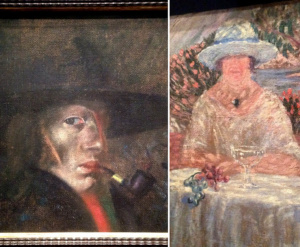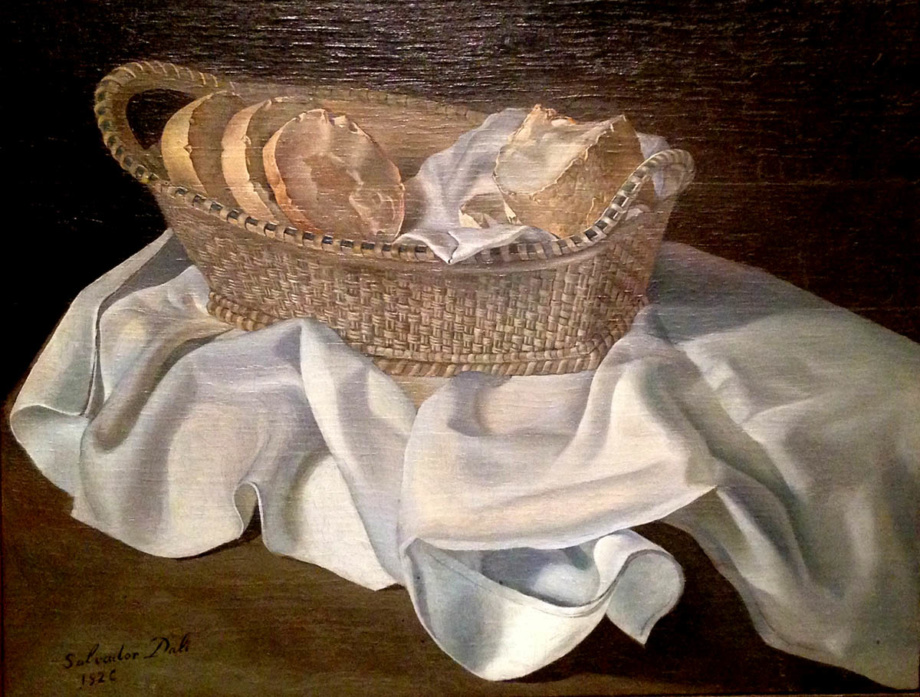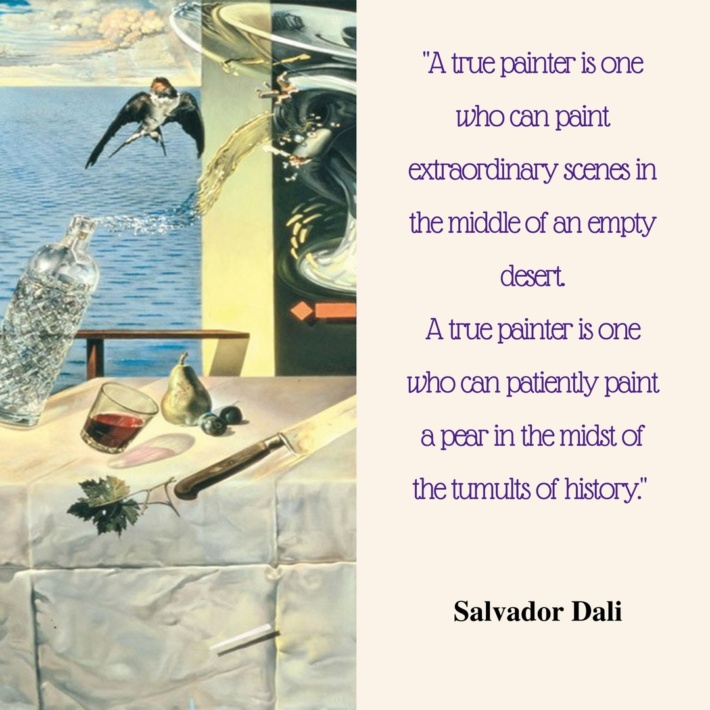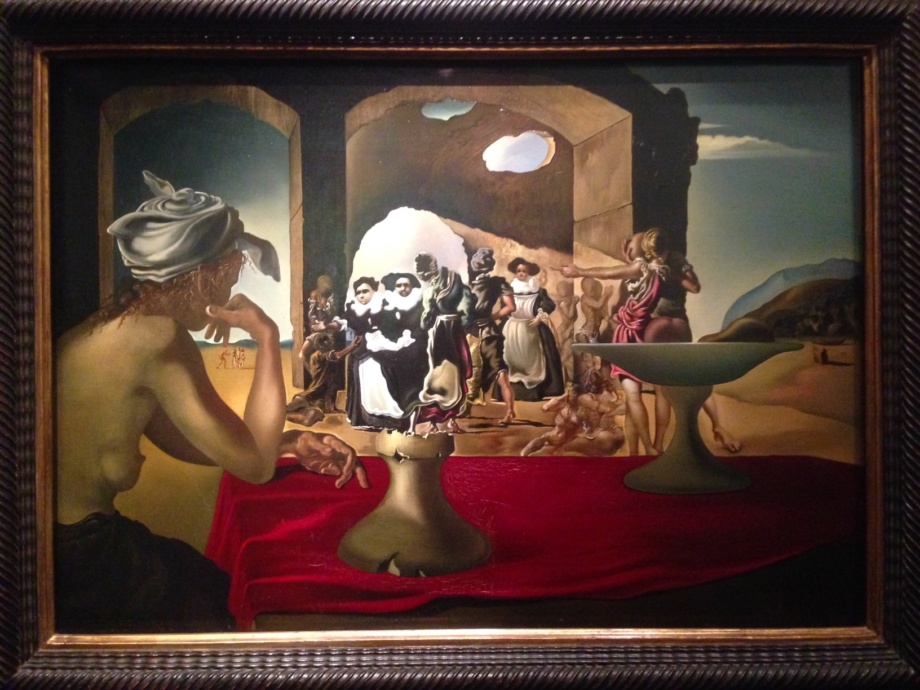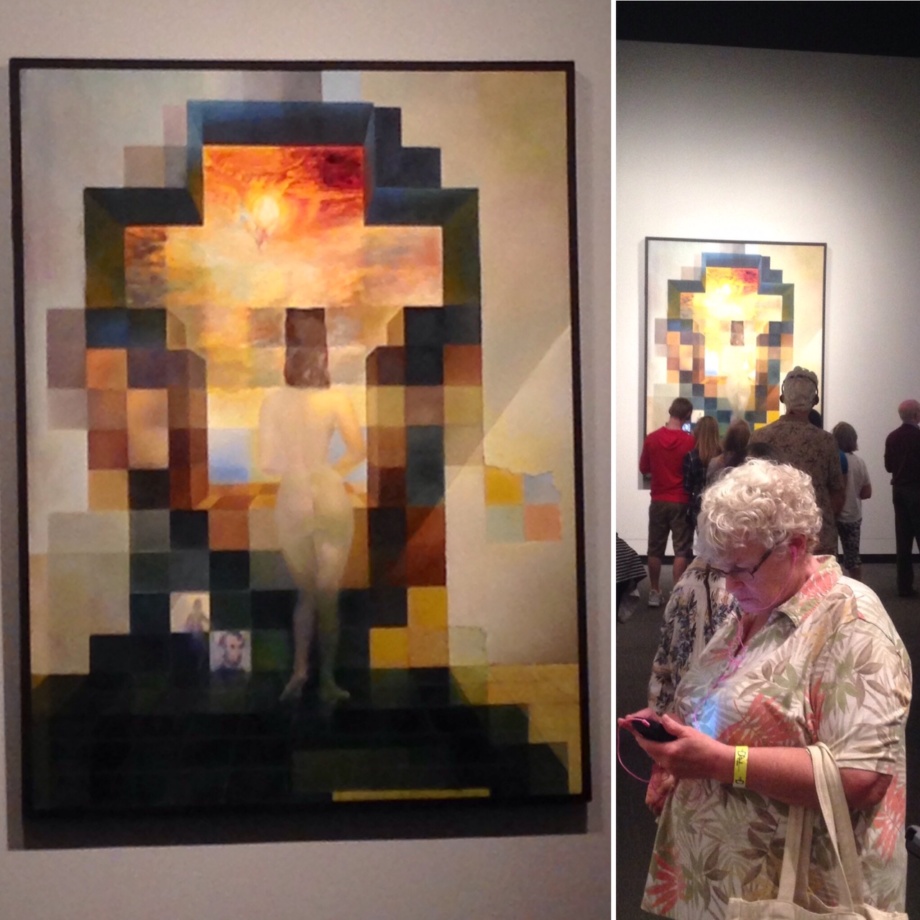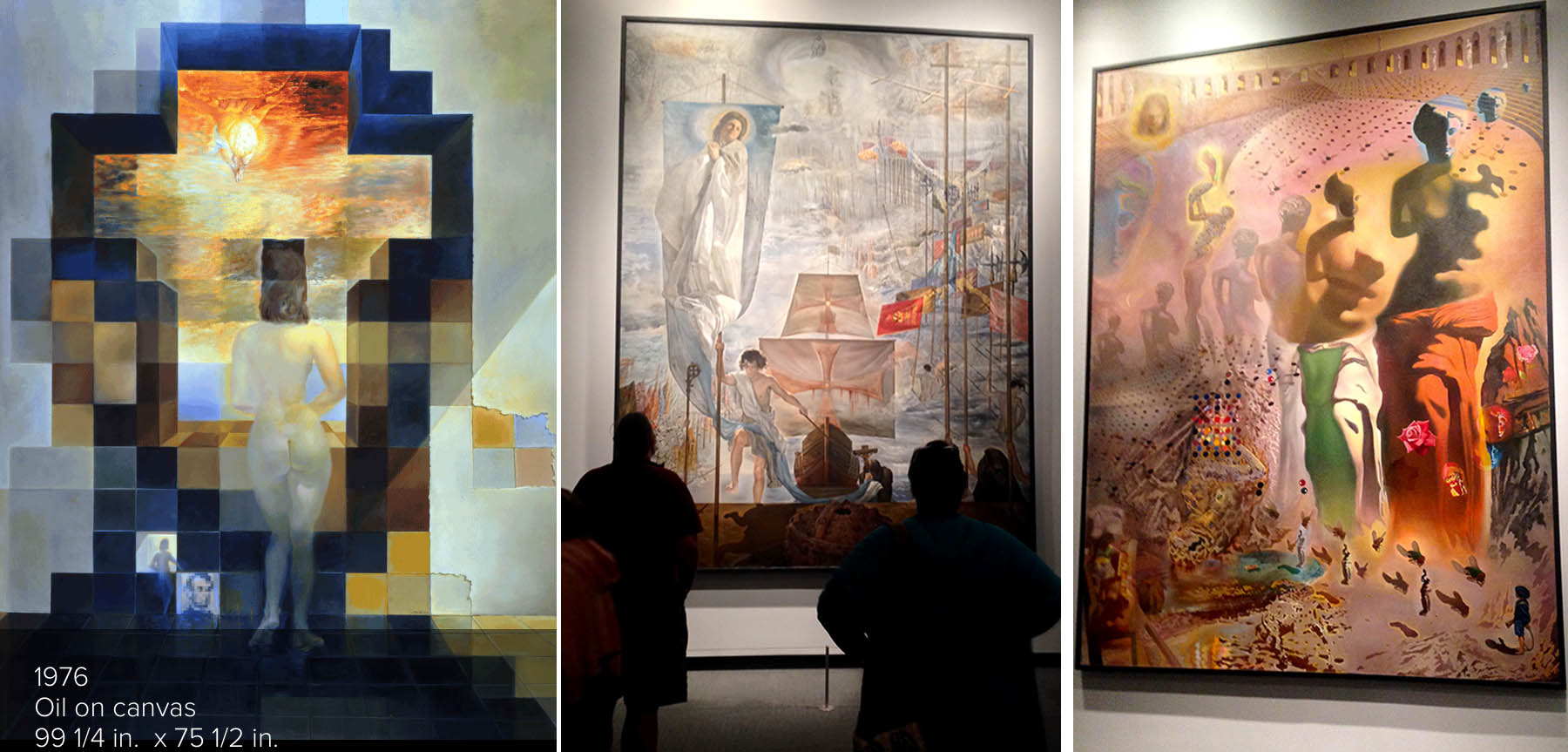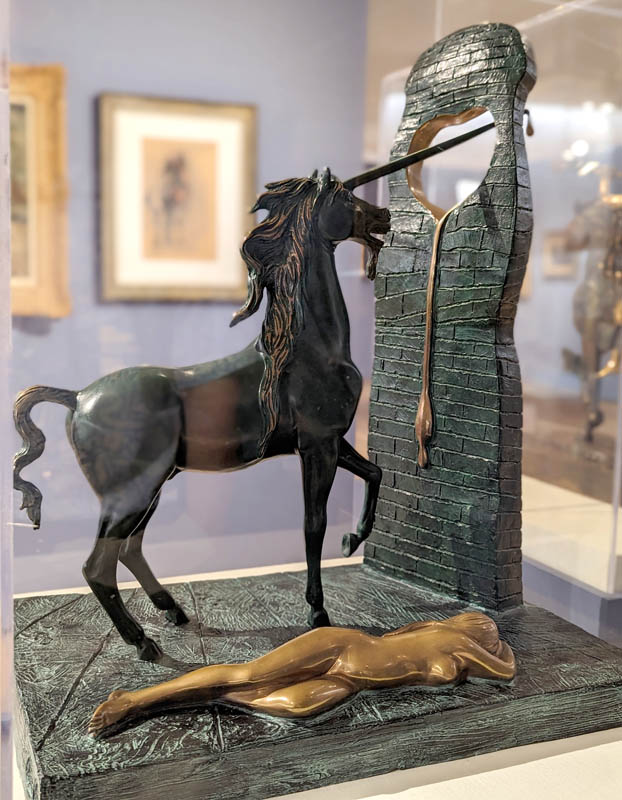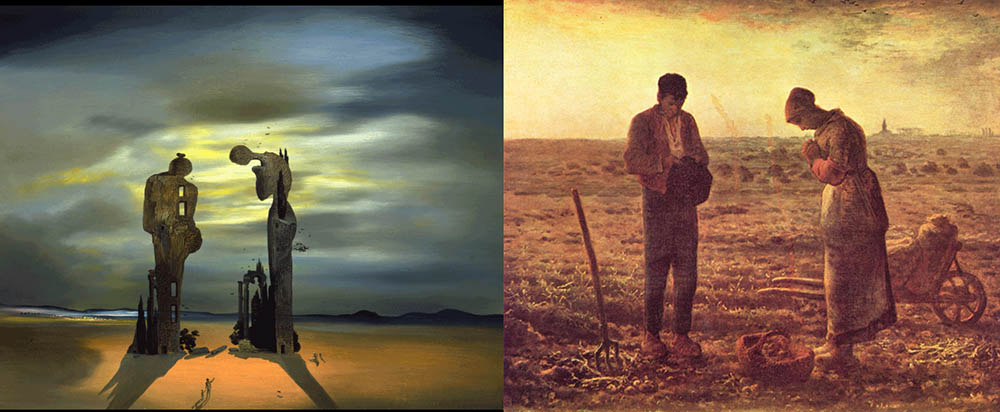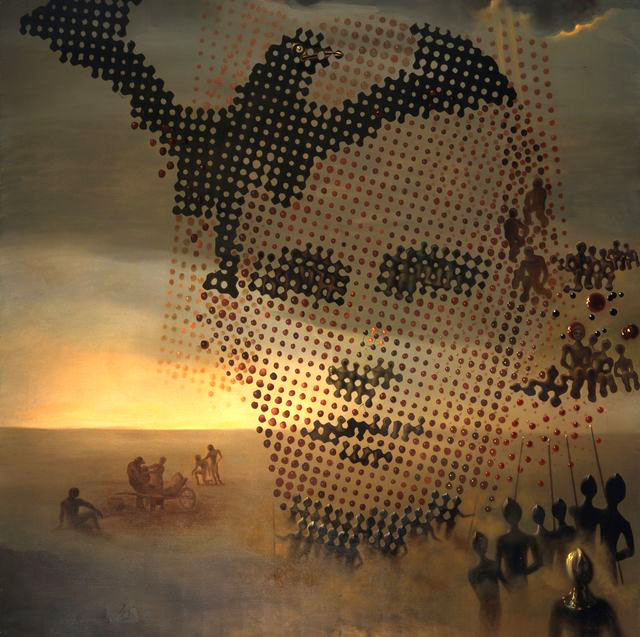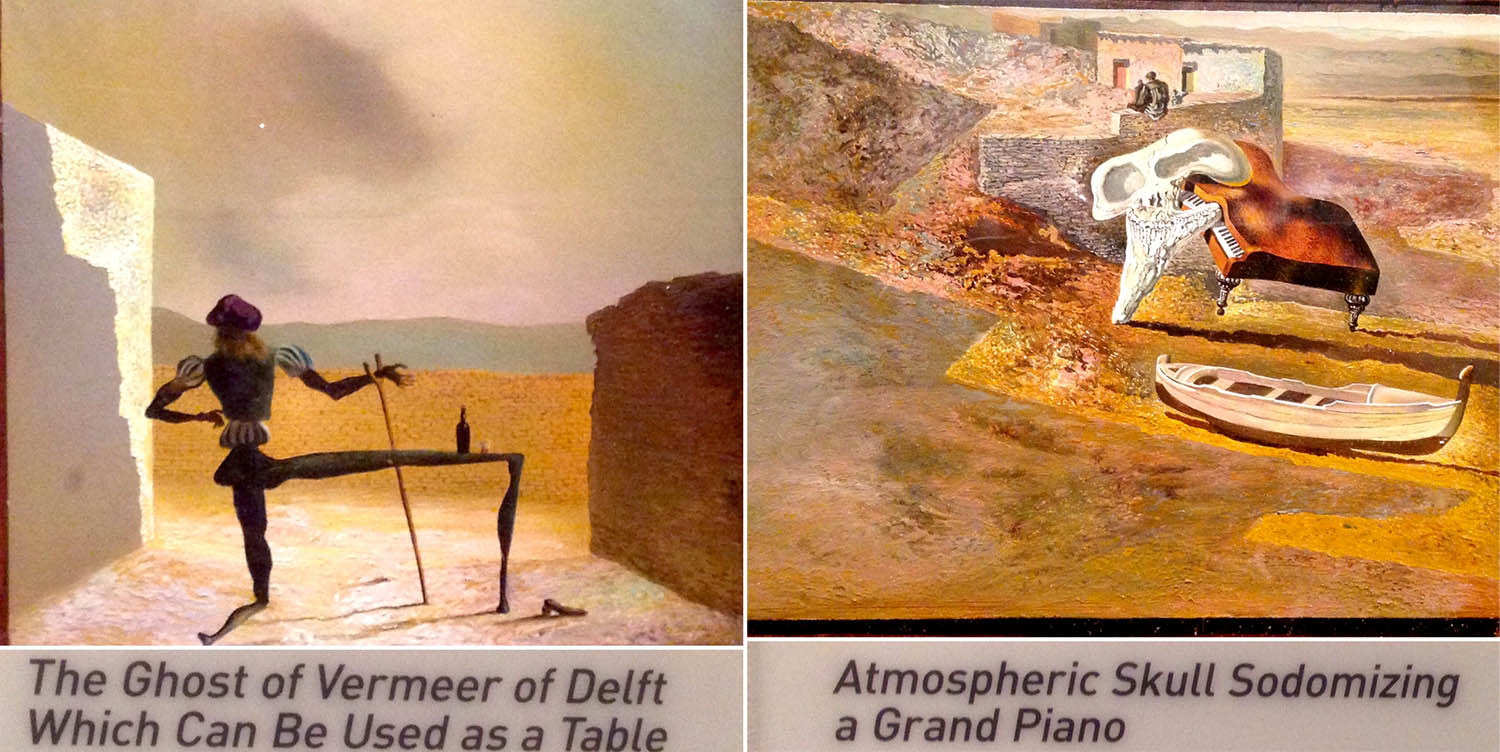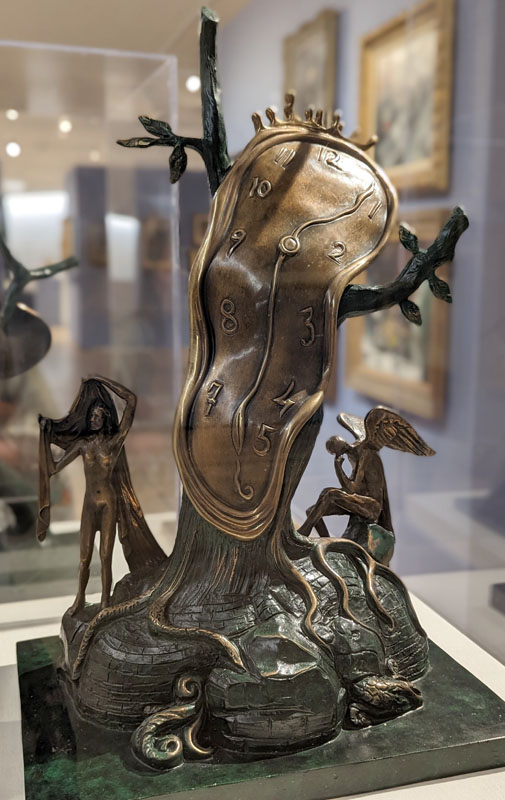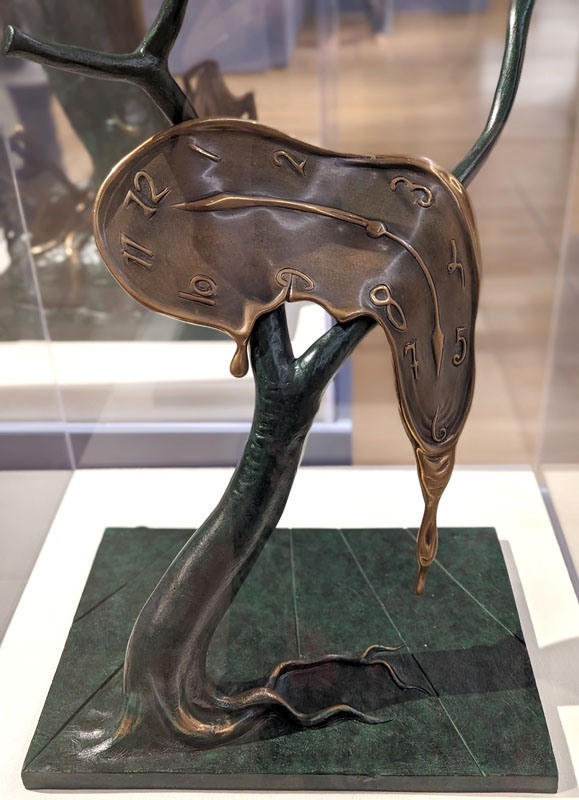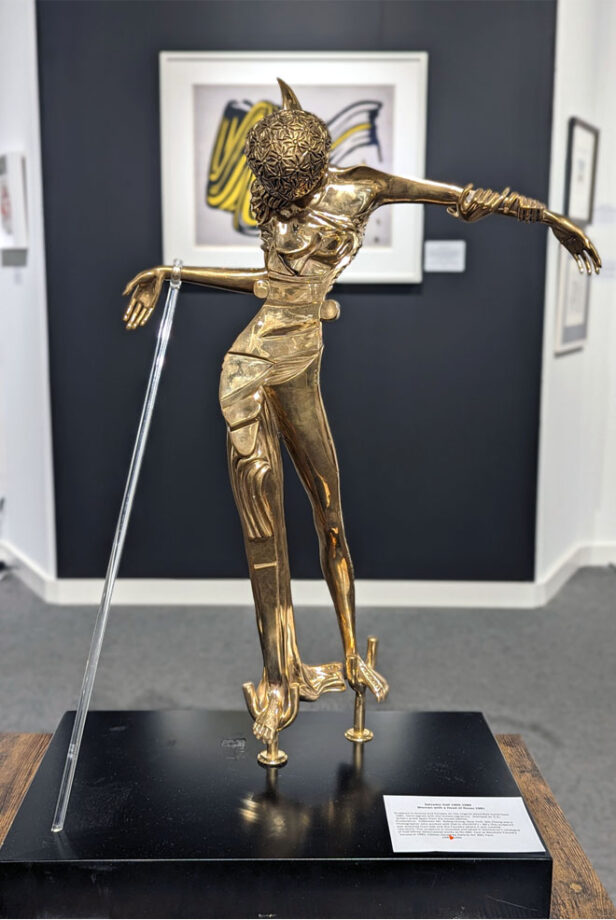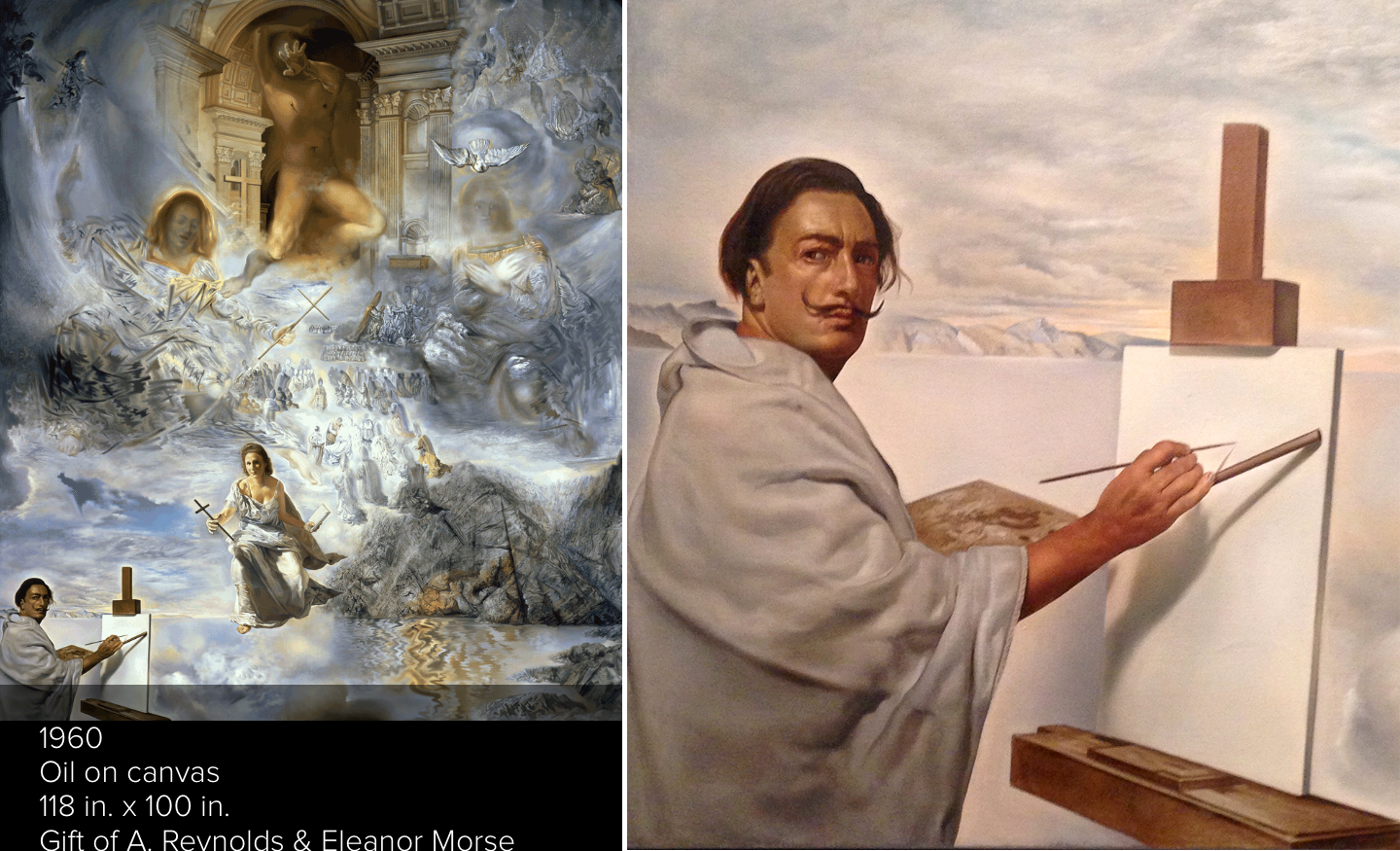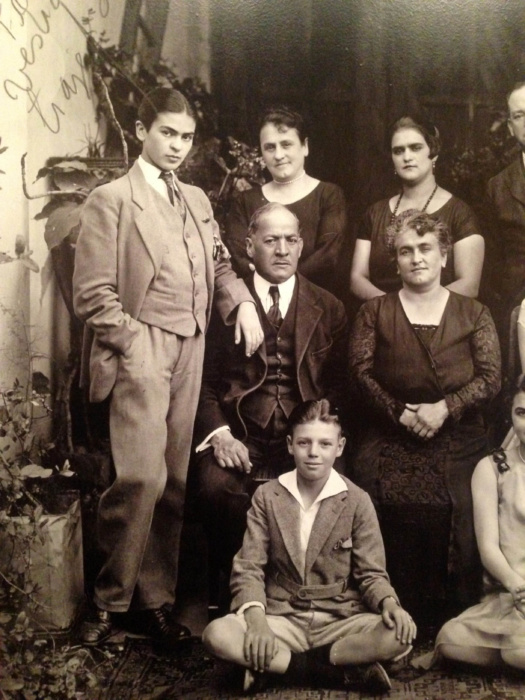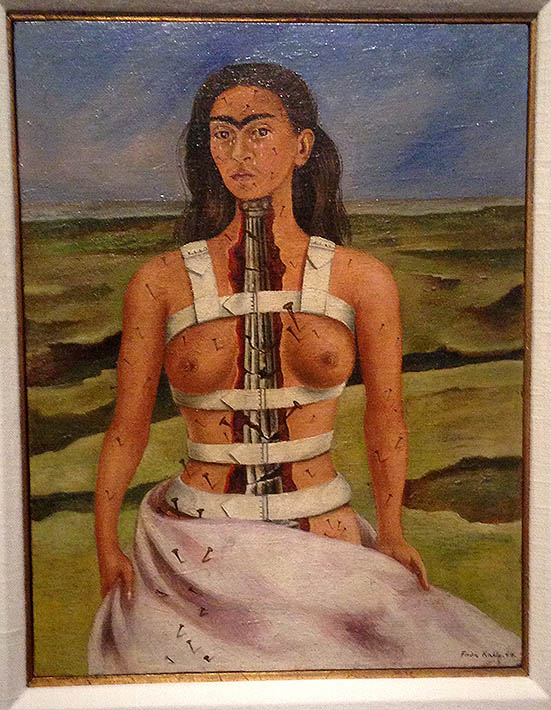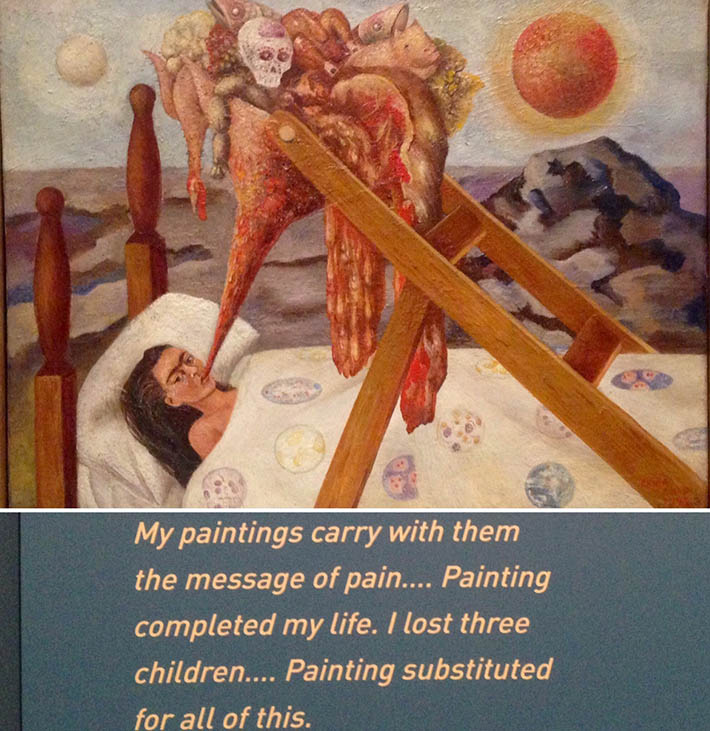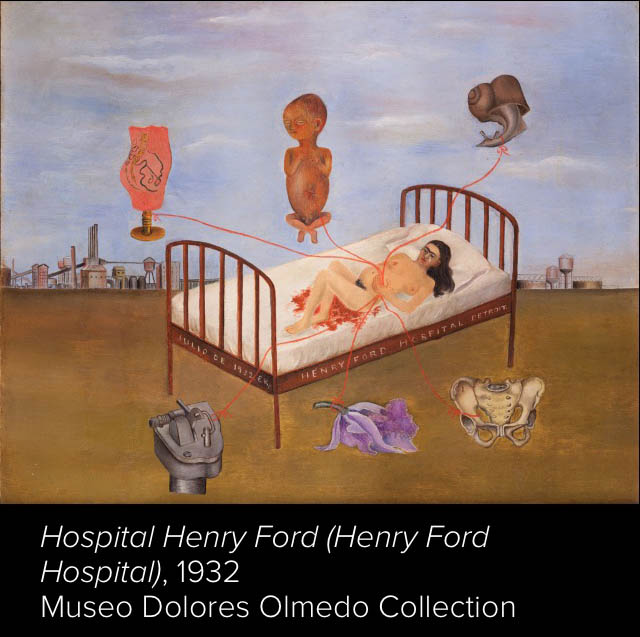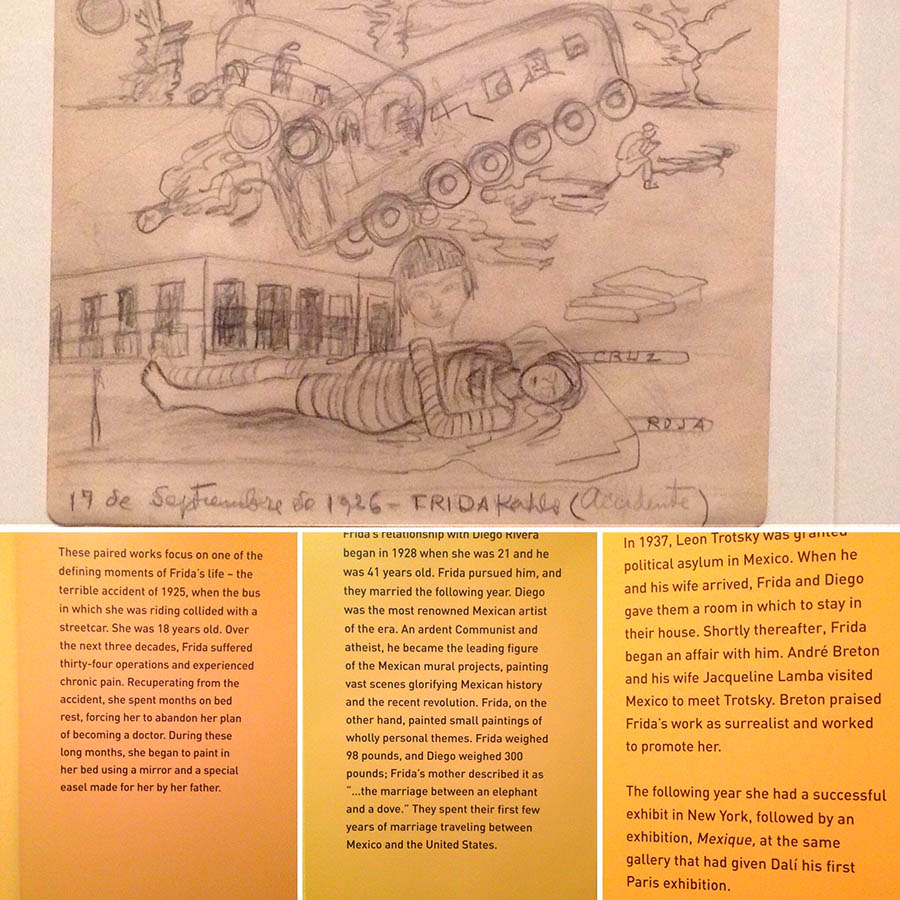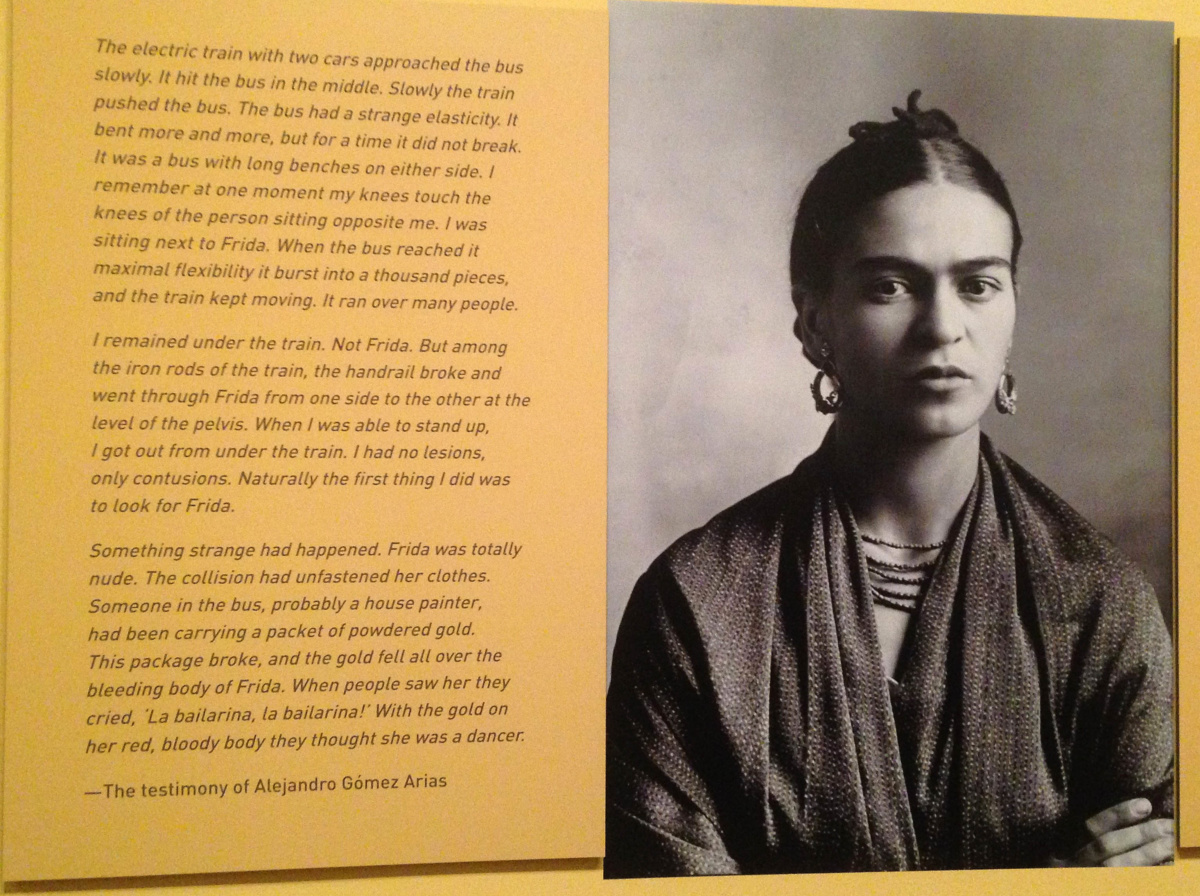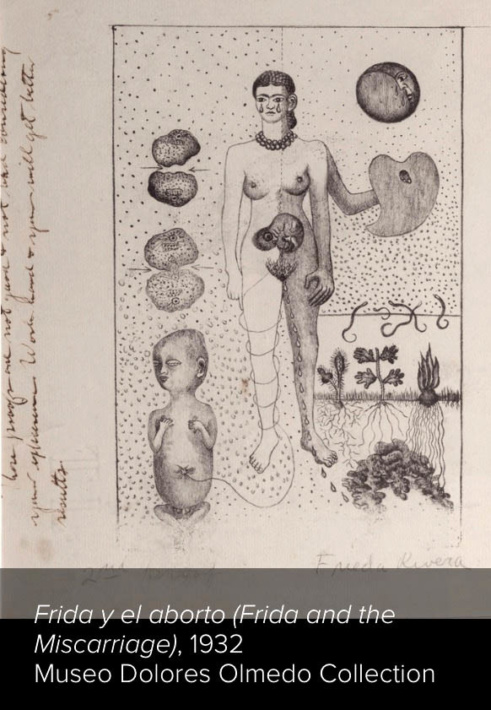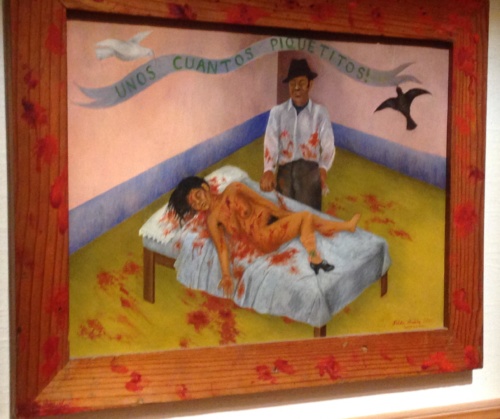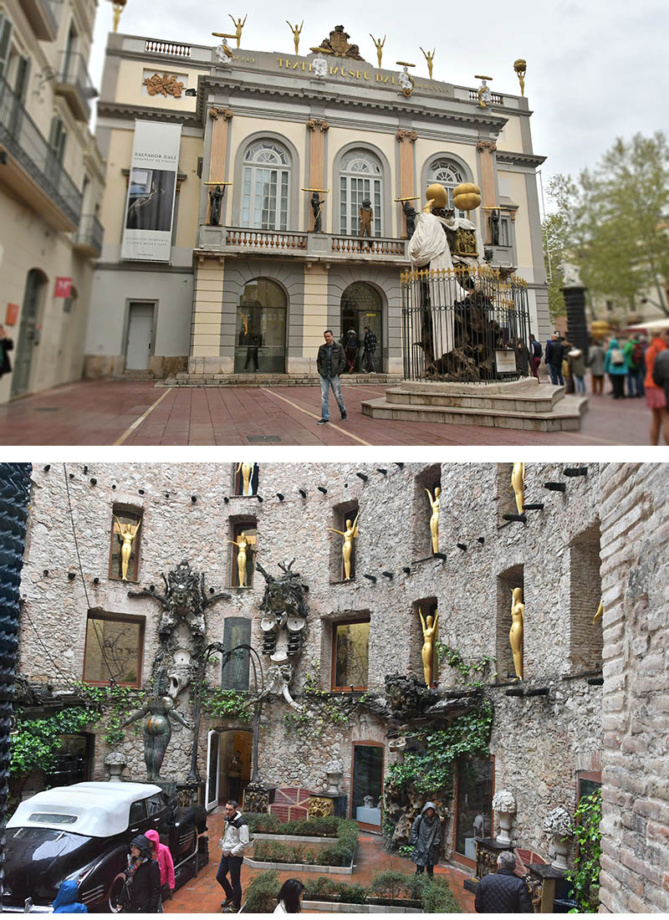
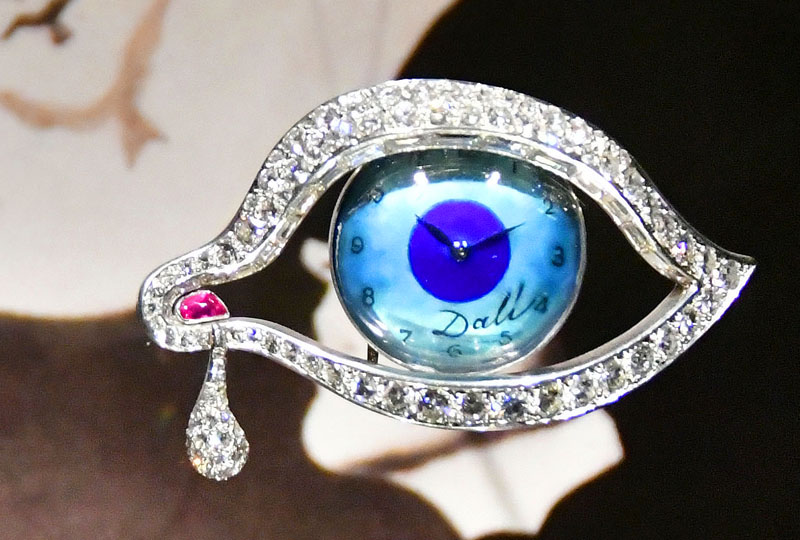
Review of the Dali Museum in Spain
There’s no doubt that Salvador Dali is one of the greatest 20th-century surrealist artists. Up to this day the artist defines every exhibition and art review dedicated to the surrealist movement. Although, the artist was bold to exit the group to develop his vision further, Dali was the leading figure in the surrealism movement. His surreal paintings are in numerous art collections and museums today, however if you look at his humble artistic beginnings, they were truly humble.
In the art museum located in Figueres, Spain I saw a number of his early paintings that closely resembled Picasso, Signac, Matisse and even some abstract painters. Dali’ early paintings were imitations of the modernists that showed no obvious “talent” or ability to become the famous artist. I dare to say that he made a bunch of bad paintings in his early career!
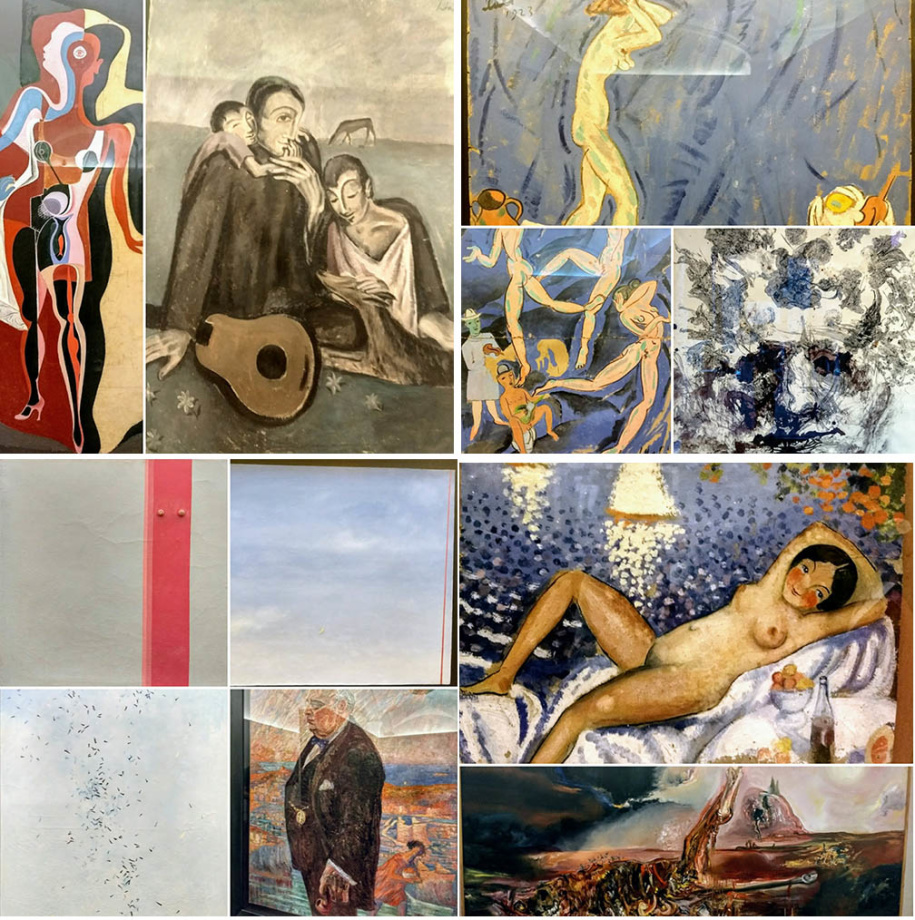
In his next period his work became quite consistent in theme and style but his paintings still lacked contrast, color, strong composition, and his unique subject matter he eventually developed and became famous for. His paintings of figures made of stones expressed his search for his voice as well as his desire to learn classical oil painting technique working from life. He made set ups of stones to paint from them like any realist artist would do. In the pictures below you can see Dali’s attempts to paint his unique ideas from life.
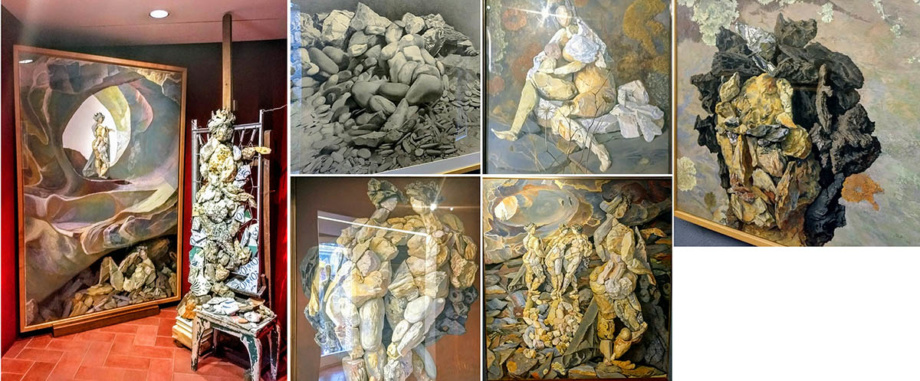
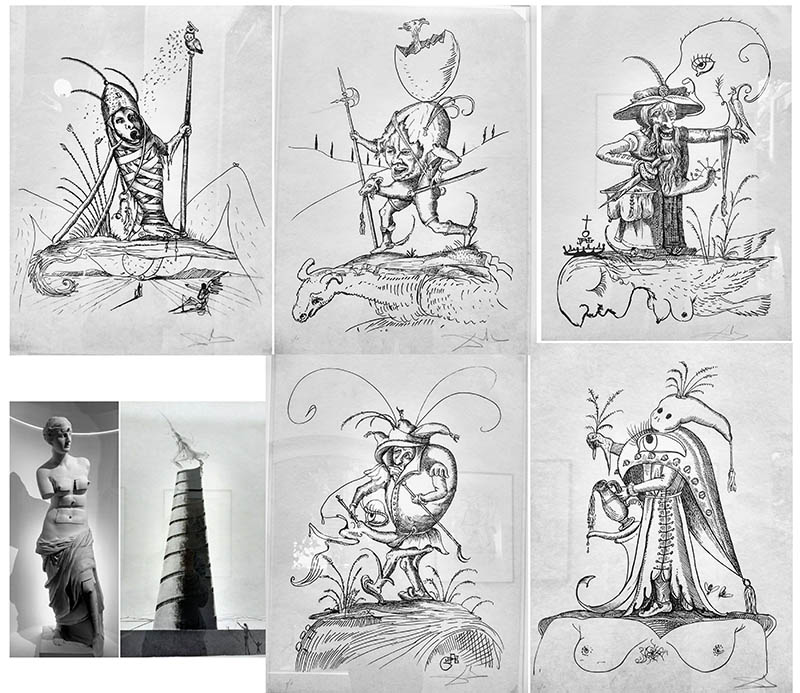
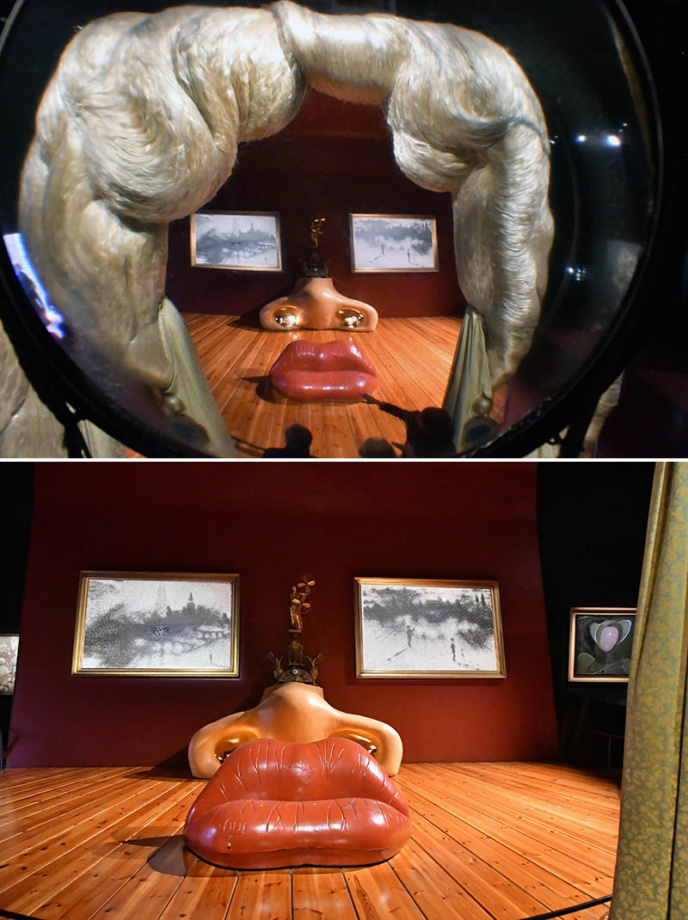
The art museum doesn't have many famous paintings inside. I think most of them are in private art collections and art museums in the US and Europe. However, it gives a good overview of his early career and experimentation before arriving at his famous surrealist art style.
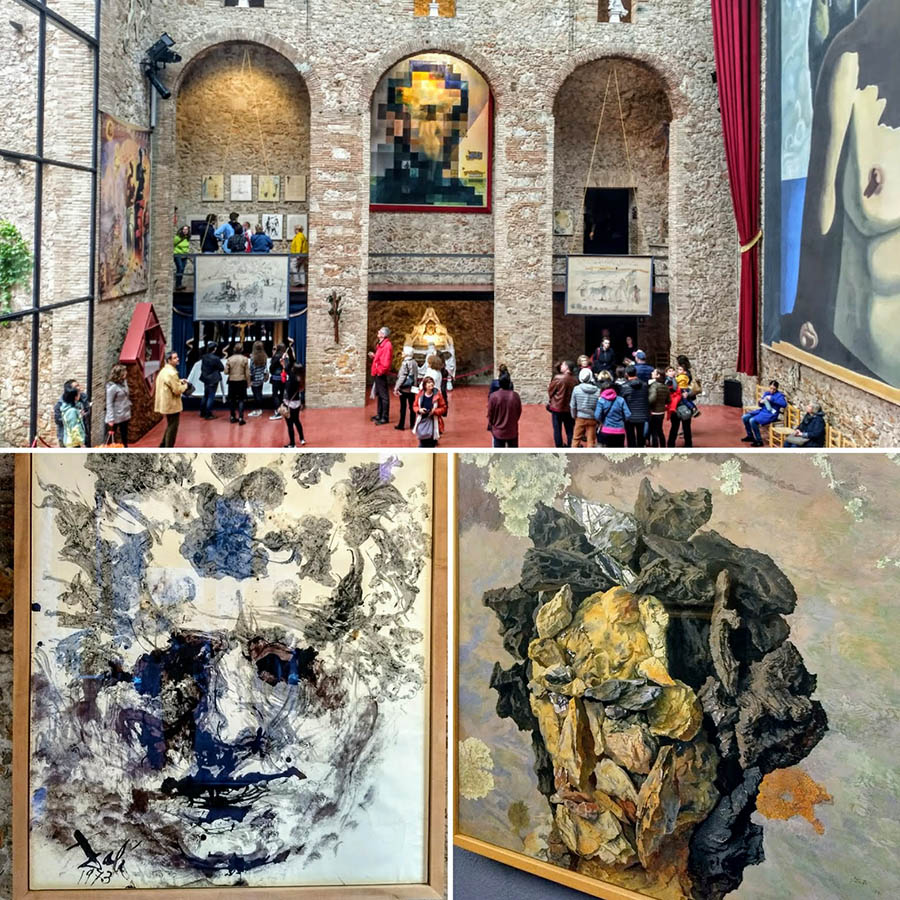
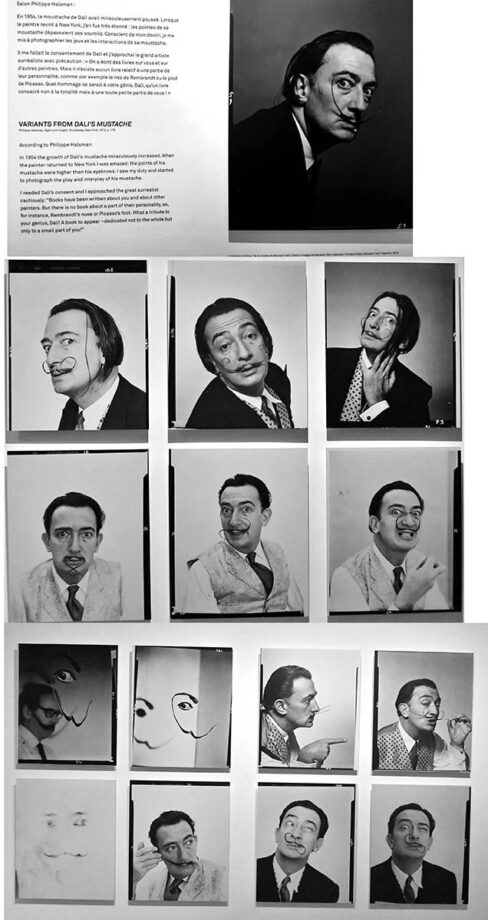
Salvador Dali surrealist jewelry in Spain
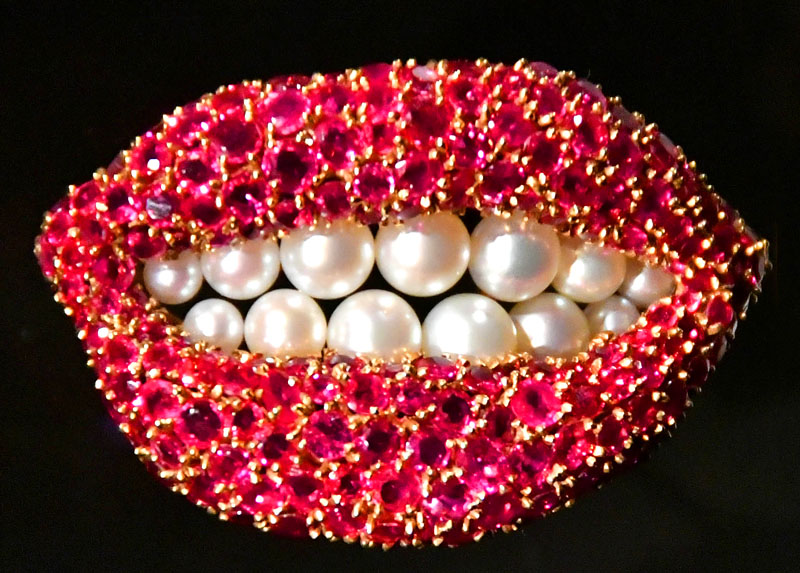
While the Dali Theater-museum in Figueres doesn’t display top art collection of Salvador Dali painting, a surprising gem is a separate building of the museum filled with surreal jewelry pieces! Dali’s talent and vision manifests itself in his original, animated jewelry. It combines the use of painting, metals, precious stones and built-in mechanisms to animate jewelry pieces, creating a surreal feeling. In his surreal jewelry we see emotion of the beating Ruby heart. We can watch an icon-like piece with an opening and closing door. There is a revolving, sparkling cornstalk with flapping angel’s wings.
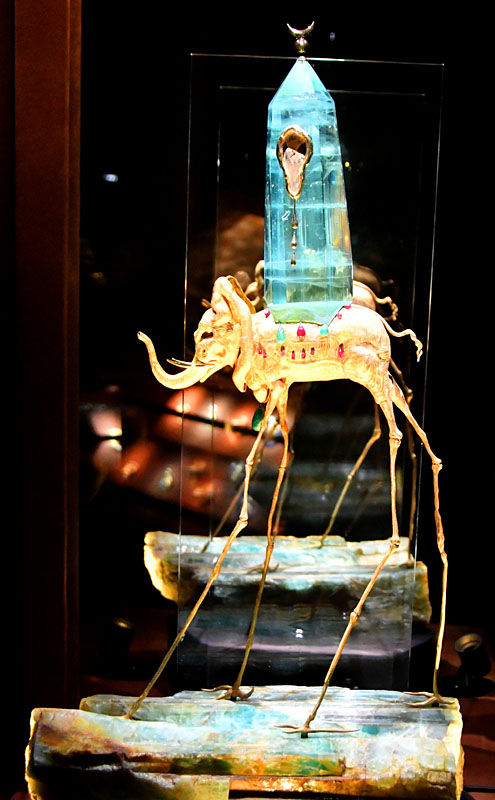
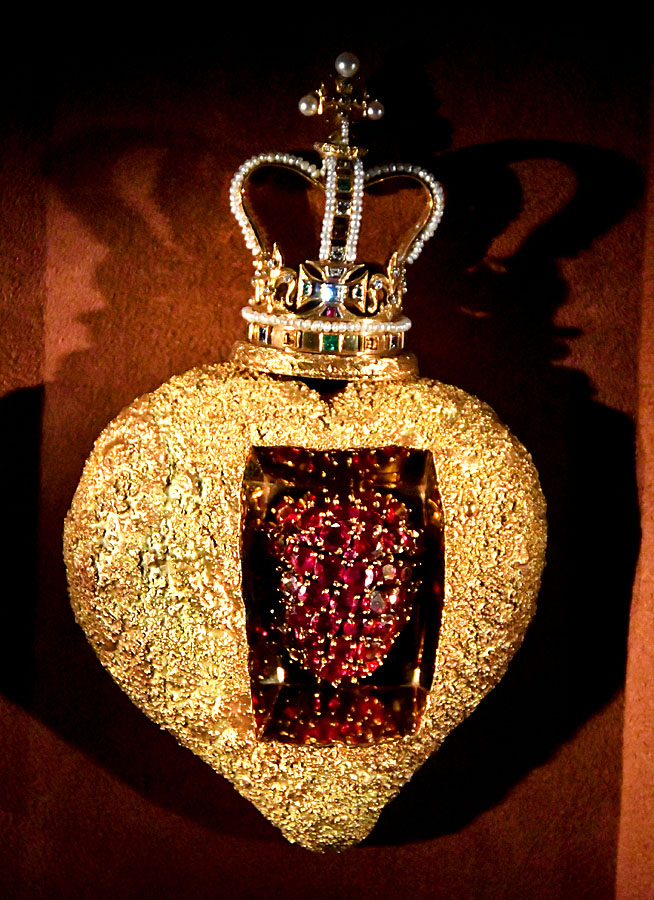
It’s not enough to have a talent. Over the years I had a chance to teach art to numerous wonderful students, including several super-talented high school students who could have become skillful artists someday. None of them went to an art college after graduation for various reasons. Talent itself isn’t a prerequisite to have a successful artistic career. Talent doesn’t equal to an obsessive desire to succeed as an artist. There are lots of people with artistic talents who are not strong enough to push themselves forward when it gets really tough. There is not enough introspection and drive. Those artists can create to the point of meeting requirements only, and leave the profession way before they can develop fully to succeed. While it looks like a negative statement, obsessiveness becomes a necessity in creative profession to overcome daily challenges. It also enforces perseverance, develops social skills and builds goals along the way. Artists become artists when they understand that they can’t live without the very process of art creation.
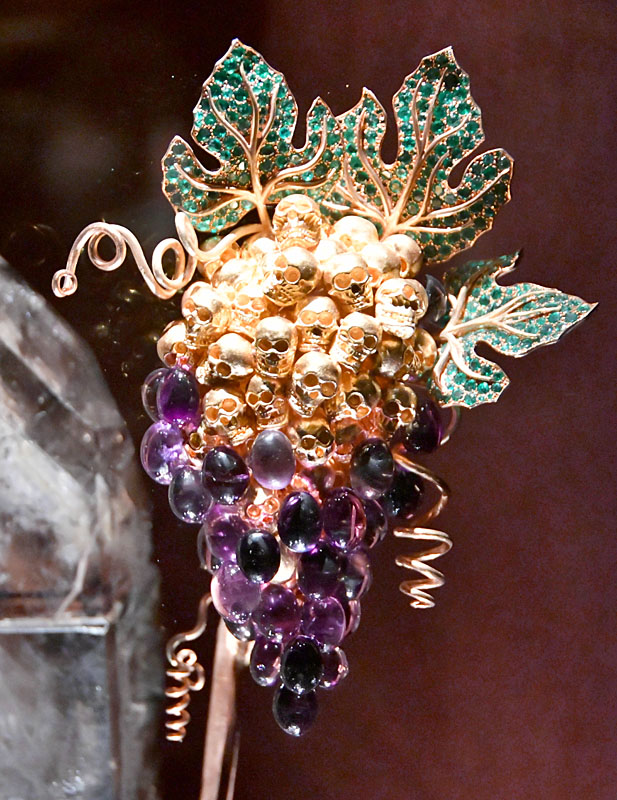
By looking at the Dali’s career trajectory we must consider our own impatience with ourselves and what talent means in short term and in the long run. If he gave up in the beginning of his career, he wouldn’t be famous surrealist painter making history today. When I browse through my files of old artwork, I can’t believe the fact that I can paint so much better today. Improvement is not instant. There is no magic dust in the process of learning. It’s all about steady work and commitment to the art form. We all want to have quick results, but to get there patience with yourself is a requirement. When students call me to study art, I don’t look at their “talent.” While Talent will be developed and cultivated, I teach art because people need art education. Art, theater and music are about introspective work and emotion. Society values merchandise over experiences. Public school is largely about cranking formulas and testing. There are not enough classes to feed the soul. I simply wish to expend my students’ worldview with art because talented kids is the future.
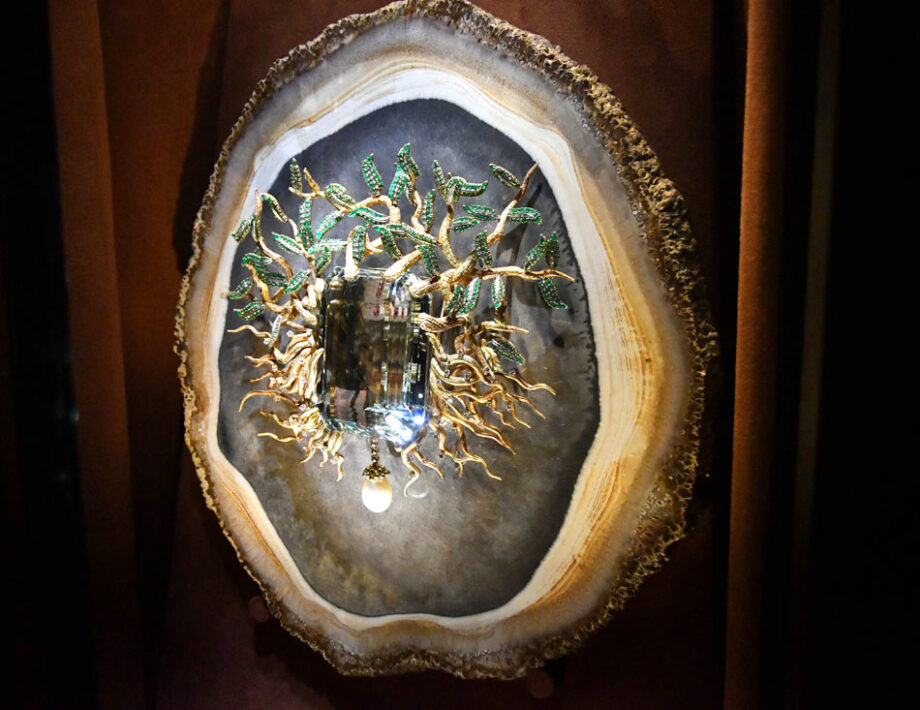
Dali museum in Spain: https://www.salvador-dali.org/en/museums/dali-theatre-museum-in-figueres/ (If you decide to visit this museum, be aware that the tickets are sold by day and time due to great popularity and a constant influx of people. Plan ahead and buy them online to ensure your visit.)
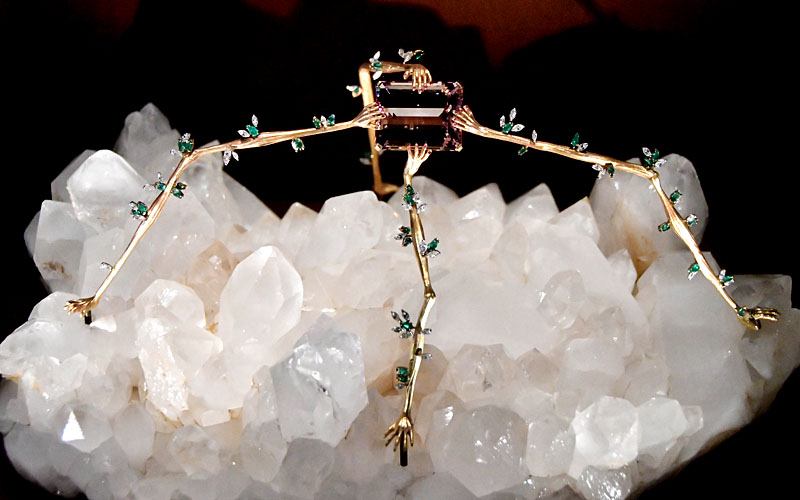
Dali museum in St.Pete, Florida:
Further reading: https://veronicasart.com/dali-art-surrealism-symbolism-at-the-museum-in-st-petersburg/
